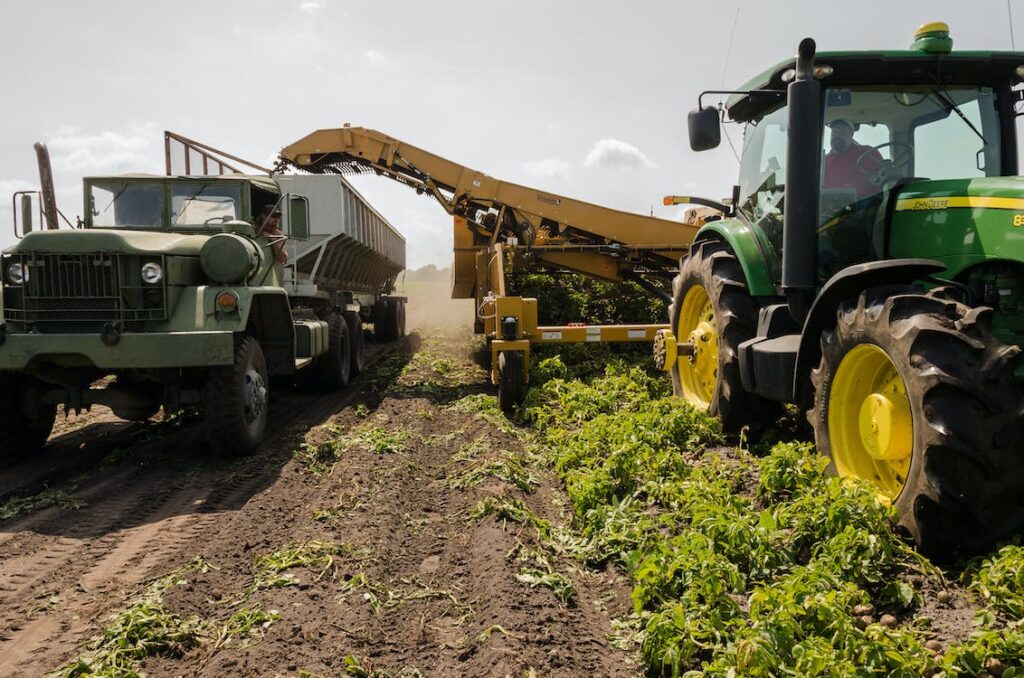“Agriculture is the most healthful, most useful and most noble employment of man.” – George Washington. The Biden-Harris administration has been taking some positive steps forward in recent months, unrolling ambitious plans to improve existing systems within the agricultural industry. Mixed with modernized practices, this could prove to be a positive shift that will advance the nation’s food production capacity and growth potential. However, everyday private farmers across the country continue to face challenges when improving their own personal land for successful yield outputs – having access to current insights is just as valuable here as it is on a larger scale.
How the Biden-Harris Administration is Advancing Agriculture in the U.S.
Farmers across the country have been faced with plenty of challenges over the years, but the good news is that recent initiatives by the U.S. Department of Agriculture (USDA) aims to improve their lives in a big way. Specifically, 17 new Urban Service Centers and 10 urban county committees are being established throughout the nation, aiming to provide better access to farm loan applications, different conservation programs for soil health, similar practices like tilling management, subsidies on all sorts of disaster related-expenses and more. The Patrick Leahy Farm-to-School Program also got approximately $10 million in investment recently, too–hopefully setting off an upwards trend where local government assets will be supporting locally sourced food.
The HFFI Initiative: Empowering Agriculture and Transforming Private Land for Better Yields
The Healthy Food Financing Initiative (HFFI) initiative is provided a budget of $30 million this year through Local & Regional Healthy Food Financing Partnerships program which means that effort is being put in place all over the country so more people can benefit from locally grown produce without having to travel too far out of their ZIP code in search of it. By understanding soil health and taking an inventory of your own land, you’ll be able to make decisions that will lead to improved conditions; however, you’ll need to understand some key principles first. Farmland Information center states that by minimizing disturbance on lands used for farming–by trying not to frequently cultivate or rotate crops planted–soil quality can be improved in a number ways.
Next step: identify any existing features present on-site that may impact vegetation (e.g., climate designations). Location is key when assessing how much sunlight plants need to thrive or examining which types of pasture grass should be planted where. Finally, utilizing heavy machinery like the bobcat tracks, which are designed specifically for agricultural use and are extremely stable and durable even on rough terrain.
From understanding soil health by taking inventory of crops present through soil testing initiatives (and performing amendments/crop rotations) – all the way through considering government issued financial grants available or using Bobcat’s trusted machinery accompanied by their various attachments; there are plenty of tools at one’s disposal when looking at making changes around one’s private land. It might feel like a gargantuan task up front – but rest assured that certain subtle tweaks will undoubtedly benefit both you as well as your land. So come get inspired and take action now – kickstarting your journey towards transforming your private land into verdant pastures awaits.



